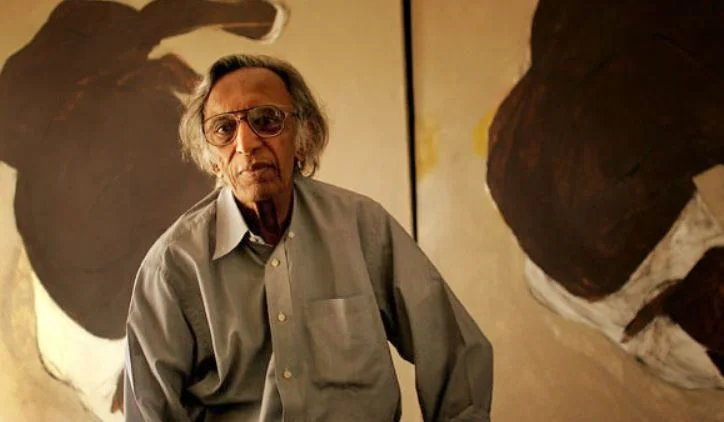The history of Indian painting is as diverse and vibrant as the country itself.
With roots dating back to ancient times, Indian artistry has continuously adapted to changing social, religious, and political landscapes.
From the grandeur of royal courts to the enthusiasm of spiritual devotion, each epoch has left its mark on the canvas.
The evolution of Indian painters can be traced through its distinct phases, from the traditional styles that flourished in different regions to the embrace of modernism and the bold experimentation of contemporary artists.
India has had many kingdoms and empires, so this article focuses on the Indian painters who emerged during the British Period (1857-1947) and beyond.
Below are some of the greatest Indian artists to pick up the brush in the 19th and 20th centuries.
1. Raja Ravi Varma
Raja Ravi Varma (1848-1906) was a prominent Indian painter and artist who is often hailed as one of the pioneers of modern Indian art.
He is best known for his distinctive style that combined European academic techniques with traditional Indian themes, resulting in a unique and captivating artistic approach.
Raja Ravi Varma’s contributions to Indian art played a significant role in bridging the gap between traditional Indian artistic expressions and Western art influences during the colonial era.

Born in Kilimanoor, a princely state in present-day Kerala, Ravi Varma showed an early aptitude for art and received formal training in painting under various mentors.
His exposure to Western techniques came through his interactions with British officials and artists during his travels.
Ravi Varma’s breakthrough came with his skillful depiction of mythological and historical subjects. He was particularly noted for his portrayal of Hindu deities, royal personages, and epic scenes from Indian literature.

2. Abanindranath Tagore
Abanindranath Tagore (1871-1951), a prominent figure in the Bengal School of Art, was a multifaceted Indian artist, author, and thinker.
As the nephew of renowned poet Rabindranath Tagore, Abanindranath was born into a culturally rich environment that deeply influenced his artistic journey.
Abanindranath Tagore’s early exposure to art was nurtured by his family’s appreciation for creativity. He trained in traditional Indian painting under the guidance of artists like Charles Palmer and developed a deep affinity for reviving ancient art forms.
Drawing inspiration from Indian epics, myths, and folklore, he sought to evoke a sense of the spiritual and the indigenous in his work. His efforts culminated in the founding of the Bengal School, a movement that sought to integrate traditional Indian techniques with modern art.
At the core of Abanindranath’s achievements was his fervent belief in the “Indian-ness” of art. He emphasized the importance of connecting with India’s rich cultural heritage and advocated for the use of indigenous materials and techniques.
One of Abanindranath’s most iconic contributions is his creation of the character “Bharat Mata” or “Mother India,” symbolizing the nation as a nurturing and resilient mother figure.
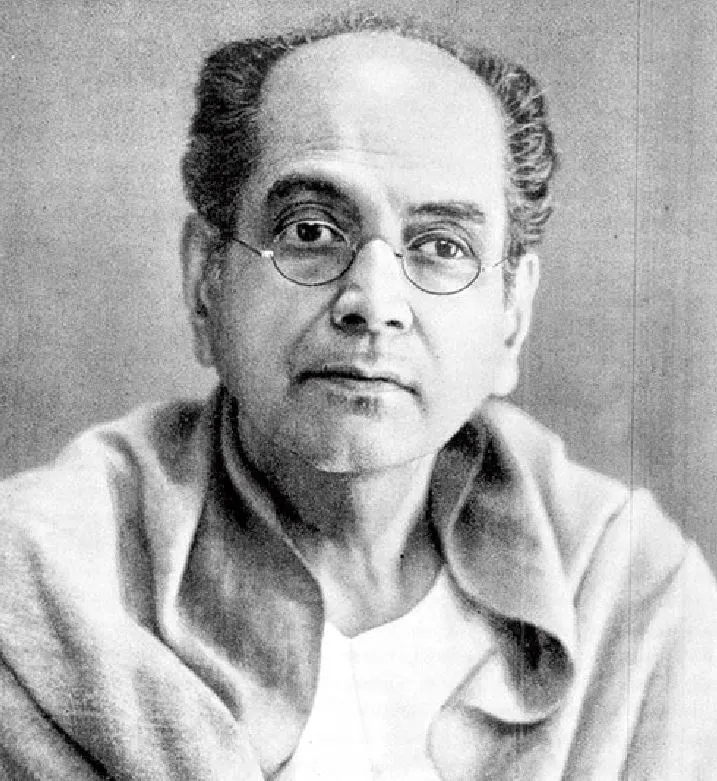
3. Jamini Roy
Jamini Roy (1887-1972) was another prominent Indian painter known for his distinctive artistic style that blended traditional Indian folk art with modern sensibilities. He was born in Beliatore, a small village in West Bengal, India.
Roy’s artistic journey is remarkable for his shift from academic European painting techniques to a more indigenous and folk-inspired style that set him apart as a unique and influential figure in Indian art history.
Roy began his artistic education in the traditional academic style, studying at the Government College of Art in Kolkata. However, he soon felt the need to reconnect with his cultural roots and sought inspiration from the indigenous art forms of rural Bengal.
He drew from the techniques and aesthetics of traditional village painters, incorporating elements of Kalighat paintings and terracotta temple art into his work.
Roy’s paintings often featured everyday life, rural scenes, religious narratives, and mythological subjects. He was particularly drawn to portraying figures of Christ and Mother and Child, often depicted with an unconventional artistic perspective.

4. Amrita Sher-Gil
Amrita Sher-Gil (1913-1941) is often regarded as one of the most important Indian artists of the 20th century in India.
She is celebrated for her significant contributions to modern Indian art, particularly for her evocative and emotive depictions of the human form and her unique blending of Western techniques with traditional Indian themes.
Born to a Hungarian mother and an Indian Sikh father, Amrita Sher-Gil spent her formative years in Hungary, where she received early artistic training.
However, she later moved to India with her family, and this return to her Indian heritage greatly influenced her artistic journey. She studied art in Europe, drawing from both academic European styles and the Post-Impressionist movement, which informed her later approach.
Sher-Gil’s artwork often explored themes related to identity, gender, and societal norms. She was deeply interested in portraying the lives of ordinary people, and her subjects frequently included Indian villagers, women, and herself.
Her paintings are known for their emotional depth, bold colors, and a unique blend of realism and symbolism.

5. Nandalal Bose
Nandalal Bose (1882-1966) was a renowned Indian artist and one of the leading figures of the Bengal School of Art.
Born in Bihar, India, Nandalal Bose studied art at the Government School of Art in Kolkata and later under Abanindranath Tagore, a prominent artist and founder of the Bengal School.
Bose’s early artistic style was heavily influenced by the school’s emphasis on reviving traditional Indian art forms.
Bose was known for his versatility and ability to adapt his style to different mediums and subjects. He was skilled in various techniques including painting, murals, and printmaking.
His art often depicted scenes from Indian mythology, rural life, and everyday experiences. His unique approach was characterized by a harmonious blend of traditional Indian aesthetics and modern ideas.
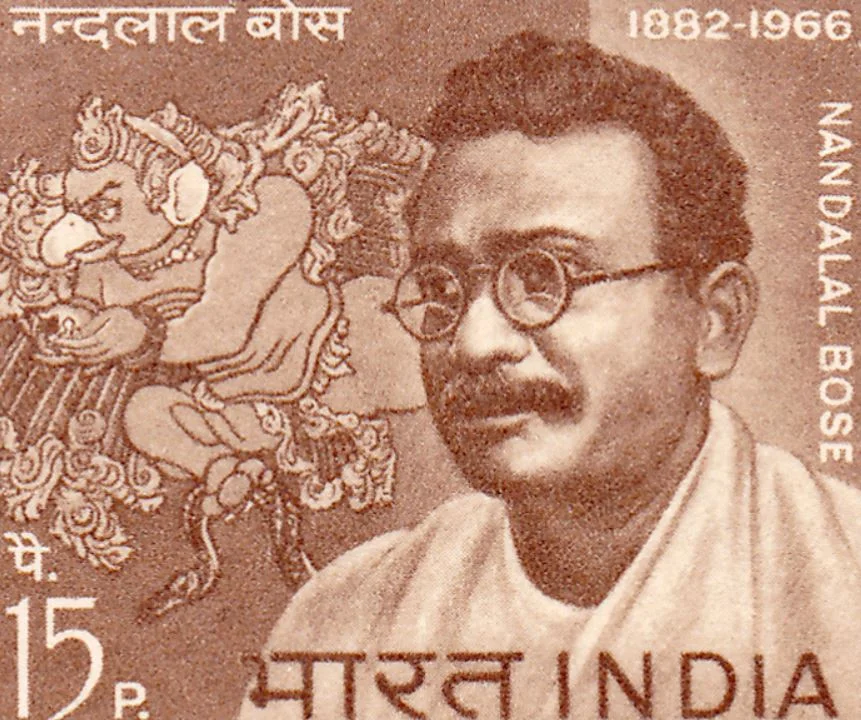
6. S.H. Raza
Syed Haider Raza, commonly known as S.H. Raza (1922-2016), was a founding member of the Progressive Artists’ Group, a collective of artists in post-independence India who aimed to break away from traditional artistic conventions and explore new forms of expression.
Born in Madhya Pradesh, India, Raza initially studied at the Nagpur School of Art and later attended the Sir J.J. School of Art in Mumbai.
His early works were influenced by the academic and realist styles he encountered during his training, but his artistic journey took a significant turn when he moved to France in 1950.
In Paris, Raza was exposed to European modernism and abstraction, which greatly influenced his artistic evolution. His art became a reflection of his deep connection to Indian philosophy and his quest to explore the essence of existence.
One of Raza’s most iconic motifs is the “Bindu,” a single point or dot that symbolizes the seed, the origin, and the cosmos in Indian philosophy. This motif became a central element in his abstract compositions, often set against vibrant color palettes that evoked a sense of energy and spirituality.
Raza’s works are characterized by their meticulous geometry, vibrant colors, and an underlying spiritual depth. He often titled his paintings in Sanskrit, reflecting his strong ties to Indian culture and his exploration of its philosophical underpinnings.
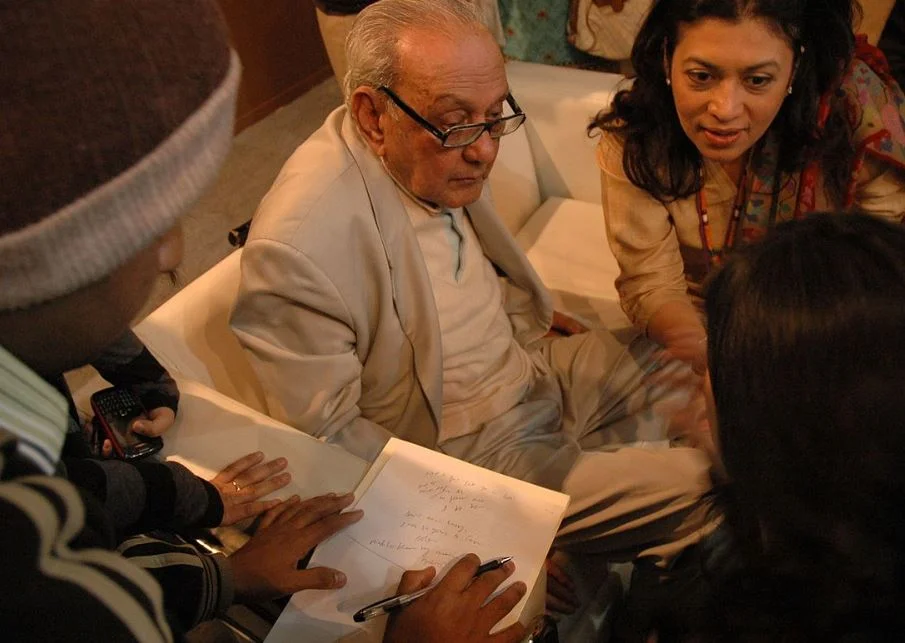
7. M.F. Hussain
M.F. Husain, short for Maqbool Fida Husain (1915-2011), was a highly influential, yet controversial Indian painter and artist. He is often referred to as the “Picasso of India” due to his versatile artistic style and his significant impact on the Indian art scene.
Husain’s early years were marked by struggles, as he grew up in poverty and faced numerous challenges on his artistic journey.
However, his talent and determination led him to study at the Sir J.J. School of Art in Mumbai, where he honed his skills and developed a distinct style that fused elements of Indian folk art with modernist influences.
Husain was a founding member of the Progressive Artists’ Group, a collective of artists who aimed to break free from traditional artistic norms and explore new creative directions.
His Cubist paintings often showcased his free and spontaneous approach to painting, incorporating vibrant colors, bold lines, and a unique visual language.
One of Husain’s significant contributions was his portrayal of Indian deities and mythological figures in a contemporary context. His interpretations were both respectful of tradition and daringly modern, sparking both admiration and controversy. He was lauded for his ability to capture the essence of Indian culture while infusing it with a fresh and dynamic energy.
Despite his artistic accomplishments, M.F. Husain’s career was marked by controversy. Some of his paintings, which depicted Hindu deities in unconventional ways, led to protests and legal challenges.
This controversy escalated, and Husain eventually left India and lived in self-imposed exile for the latter part of his life.
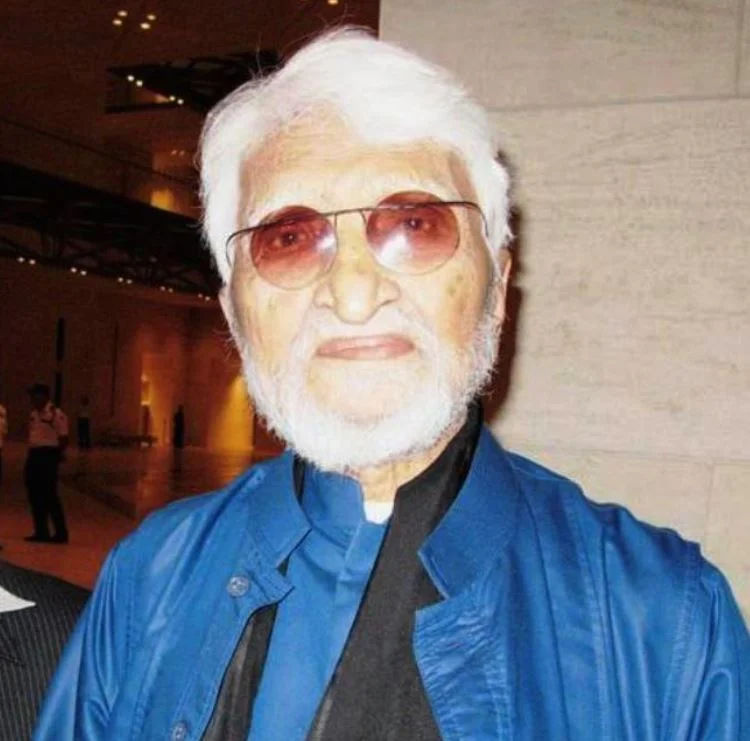
8. Tyeb Mehta
Tyeb Mehta (1925-2009) was known for his distinctive artistic style that often explored themes of suffering, violence, and the human condition. He was a significant figure in the Indian modern art movement and is celebrated for his impactful and emotionally charged works.
Born in Gujarat, India, Tyeb Mehta studied at the Sir J.J. School of Art in Mumbai and later went on to study in London. His early works were influenced by the figurative style, but over time, he developed his own unique visual language that combined abstraction with a sense of anguish and intensity.
One of Mehta’s most iconic series is his “Tribal Women” series, where he depicted the struggles and hardships of women from various tribal communities in India. These paintings often portrayed women as strong and resilient figures, even in the face of adversity.
Mehta is perhaps best known for his “Mahishasura” series, which explores the mythological tale of the demon Mahishasura and the goddess Durga. In this series, Mehta utilized bold, angular lines and vibrant colors to capture the tension and conflict between the two figures.
However, it was his painting “Celebration” that gained significant attention. This painting, characterized by four fragmented figures and a blood-red background, became a poignant representation of the violence and tragedy of the Partition of India in 1947.
